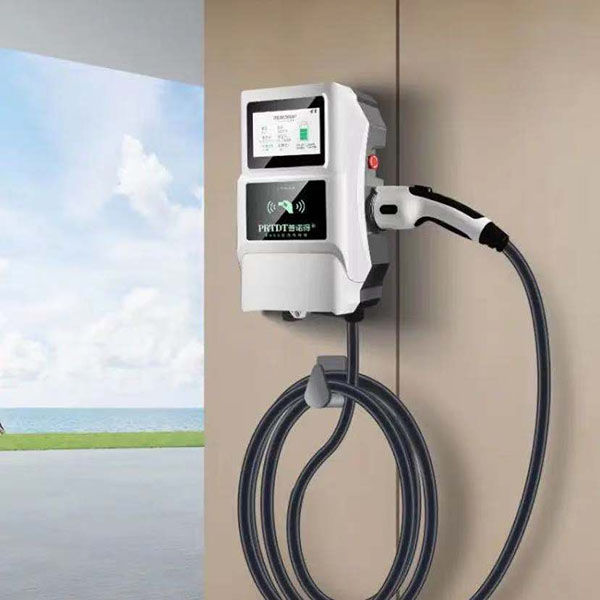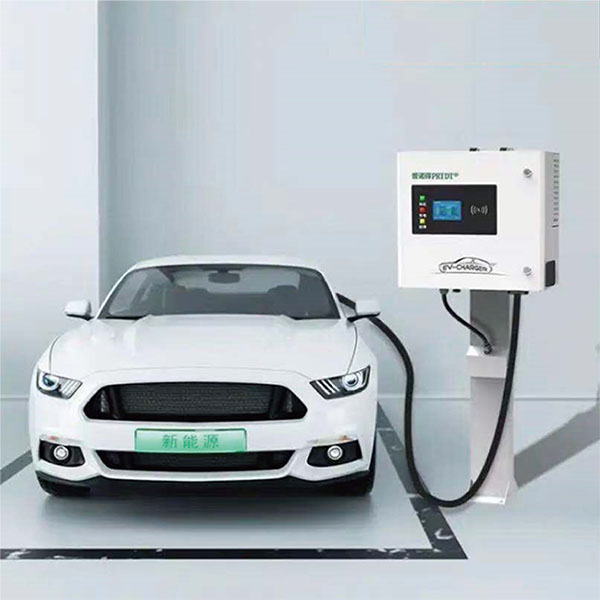The charging piles on the market are divided into two types: DC charger and AC charger. The majority of car enthusiasts may not understand it. Let’s share the secrets of them:
According to the "New Energy Vehicle Industry Development Plan (2021-2035)", it is required to implement the national strategy for the development of new energy vehicles in depth, promote the high-quality and sustainable development of China's new energy vehicle industry, and accelerate the construction of a powerful automobile country. In such an era background, in response to the call of national policies, the share of new energy vehicles in the automobile market and the enthusiasm of consumers to purchase are gradually increasing. With the widespread popularization of new energy vehicles, the problems that follow are gradually revealed, and the first one is the charging problem!
The charging piles on the market are divided into two types: DC charger and AC charger. The majority of car enthusiasts may not understand it, so I will briefly tell you the secrets.
1. Difference between DC and AC Charger
AC charging pile, commonly known as "slow charging", is a power supply device installed outside the electric vehicle and connected to the AC power grid to provide AC power for the electric vehicle on-board charger (that is, the charger fixedly installed on the electric vehicle). The AC charging pile only provides power output and has no charging function. It needs to be connected to the on-board charger to charge the electric vehicle. It is equivalent to just playing a role in controlling the power supply. The single-phase/three-phase AC output of the AC pile is converted into DC by the on-board charger to charge the on-board battery. The power is generally small (7kw, 22kw, 40kw, etc.), and the charging speed is generally slow . hours, so it is generally installed in residential parking lots and other places.

DC charging pile, commonly known as "fast charging", is a power supply device that is fixedly installed outside the electric vehicle and connected to the AC power grid to provide DC power for the power battery of off-board electric vehicles. The input voltage of the DC charging pile adopts three-phase four-wire AC 380 V ±15%, frequency 50Hz, and the output is adjustable DC, which can directly charge the power battery of the electric vehicle. Since the DC charging pile is powered by a three-phase four-wire system, it can provide sufficient power (60kw, 120kw, 200kw or even higher), and the output voltage and current adjustment range is large, which can meet the requirements of fast charging . It takes about 20 to 150 minutes to fully charge a car, so it is generally installed at an EV charging station next to a highway for the occasional needs of users on the way.

Advantages and Disadvantages
First of all, the cost of AC charging piles is low, the construction is relatively simple, and the load requirements on the transformer are not large, and the power distribution cabinets in the community can be installed directly. Simple structure, small size, can be hung on the wall, portable and can be carried in the car. The maximum charging power of the AC charging pile is 7KW. As long as it is an electric vehicle, it generally supports AC charging. Electric vehicles have two charging ports, one is a fast charging interface and the other is a slow charging interface. The charging interface of some non-national standard electric vehicles may only use AC, and DC charging piles cannot be used.
The input voltage of the DC charging pile is 380V, the power is usually above 60kw, and it only takes 20-150 minutes to fully charge. DC charging piles are suitable for scenarios that require high charging time, such as charging stations for operating vehicles such as taxis, buses, and logistics vehicles, and public charging piles for passenger cars. But its cost far exceeds the exchange pile. DC piles require large-volume transformers and AC-DC conversion modules. The manufacturing and installation cost of charging piles is about 0.8 RMB/watt, and the total price of 60kw DC piles is about 50,000 RMB (excluding civil engineering and capacity expansion). In addition, large-scale DC charging stations have a certain impact on the power grid, and the high-current protection technology and methods are more complicated, and the cost of transformation, installation and operation is higher. And the installation and construction are more troublesome. Due to the relatively large charging power of DC charging piles, the requirements for power supply are relatively high, and the transformer must have sufficient load capacity to support such a large power. Many old communities do not have wiring and transformers laid out in advance. with installation conditions. There is also damage to the power battery. The output current of the DC pile is large, and more heat will be released during charging. High temperature will lead to a sudden decrease in the capacity of the power battery and long-term damage to the battery cell.
To sum up, DC charging piles and AC charging piles each have their own advantages and disadvantages, and each has its own application scenarios. If it is a newly built community, it is safer to directly plan DC charging piles, but if there are old communities, then use the charging method of AC charging piles, which can meet the charging needs of users and will not cause great damage to the transformer in the community load.
Post time: Dec-15-2022
